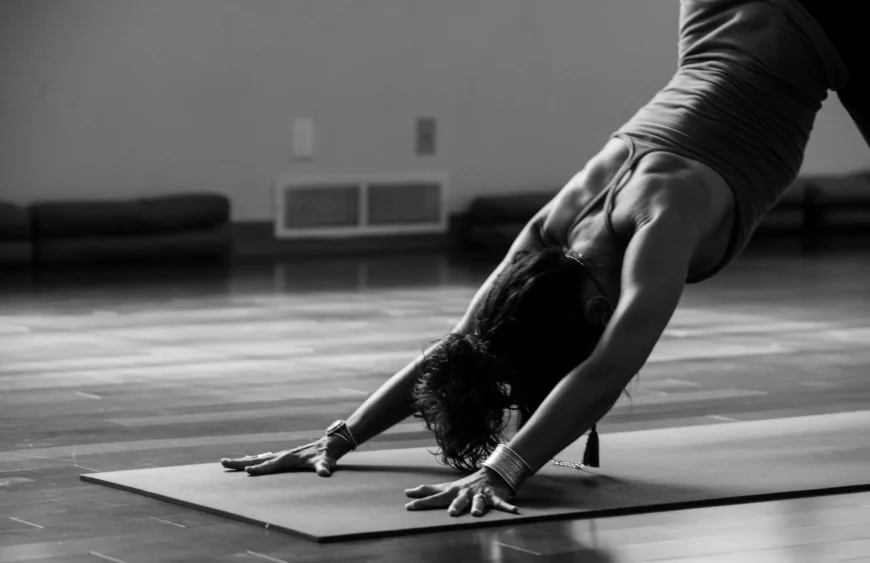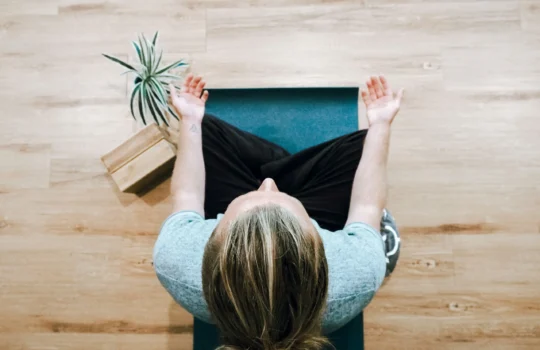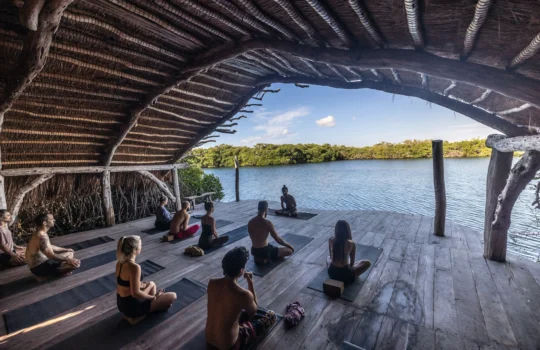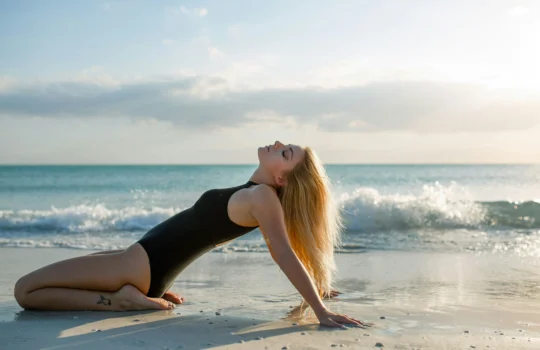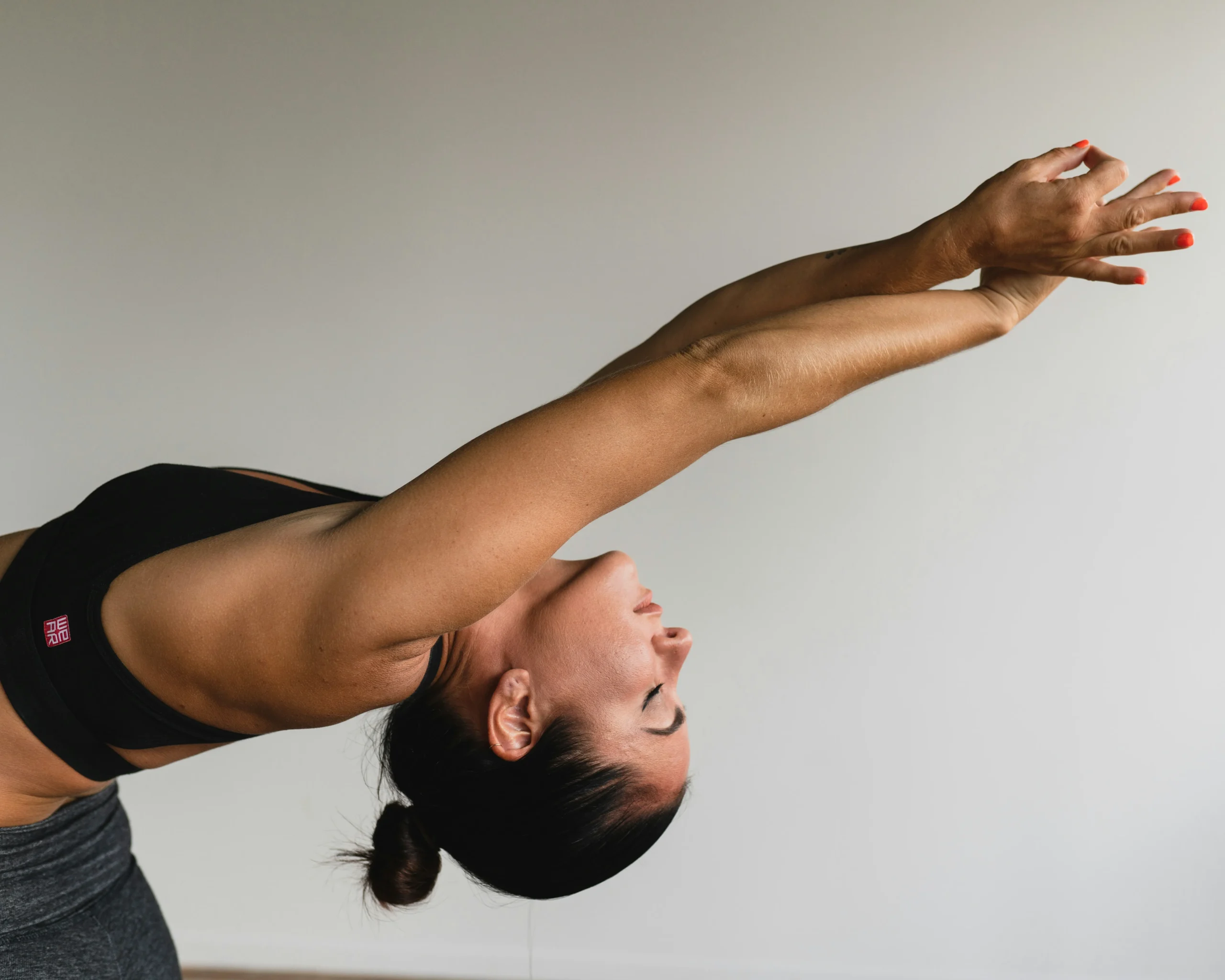Welcome to the world of yoga, where every stretch, breath, and pose brings you closer to harmony between your body and mind. Whether you’re here because you’re looking to dip your toes into the serene waters of yoga for the first time, or simply curious about how “Yoga Pose Instructions” can transform your life, you’ve come to the right place.
In this guide, expertly crafted for beginners, we unravel the magic behind yoga poses, showing you not just how to do them, but how to let them guide you to a more mindful and healthy lifestyle. Get ready to embark on a journey that promises not just flexibility and strength, but a beacon of inner peace in your hustle-bustle life.
Table of Contents
Understanding the Basics of Yoga Pose Instructions
A Brief Journey Through Time
Yoga isn’t just a series of poses or exercises; it’s a rich tradition that dates back thousands of years, originating in ancient India. Rooted in philosophy and spiritual practice, yoga has evolved through the centuries to become a global phenomenon that bridges the gap between mind, body, and spirit. Understanding its origins gives us a deeper appreciation for each pose and breath we take in our practice.
What Exactly is Yoga Pose Instruction?
At its core, “Yoga Pose Instruction” is your gateway to mastering the art of yoga. It’s more than just knowing which limb goes where; it’s about understanding the alignment, benefits, and intention behind each pose. For beginners, clear and concise instruction is crucial to building a solid foundation, ensuring safety, and enhancing the overall yoga experience.
The Immense Benefits of Yoga
Yoga offers a treasure trove of benefits, not just physically, but mentally and emotionally too. From improving flexibility and building muscle strength to promoting mental clarity and stress reduction, the benefits of yoga are as diverse as they are profound. For those new to the practice, these benefits can be life-changing, offering a new perspective on health and wellness.
Yoga: A Universal Language of Wellness
Yoga transcends age, fitness levels, and lifestyles, making it a universal language of wellness. Whether you’re seeking to enhance physical fitness, find mental clarity, or nurture your spiritual growth, yoga offers a path for everyone. It teaches us patience, perseverance, and the art of listening to our bodies, empowering us with tools that extend far beyond the mat.
Embarking on Your Yoga Journey
As you stand at the threshold of this exciting journey, remember, every yogi started as a beginner. With each “Yoga Pose Instruction,” you’re not just learning a new pose; you’re taking a step towards a more balanced and fulfilling life. So, take a deep breath, embrace the process, and let the transformative journey of yoga begin.
Preparing for Your Yoga Journey
Creating Your Sacred Space
Every yoga journey begins with creating a space that invites calmness and focus. You don’t need an elaborate setup; a quiet corner of your home where you can unroll your mat is perfect. Consider adding elements that enhance your tranquility — maybe a plant, some gentle lighting, or a scented candle. This space will become your sanctuary, where distractions fade away, and your focus shifts to your practice and wellbeing.
Gathering Your Tools
While yoga requires minimal equipment, a few basics can support your practice. A yoga mat is essential, providing cushioning and preventing slips. Consider investing in a high-quality mat that offers good grip and durability. Blocks and a strap can be incredibly helpful, especially for beginners, making certain poses more accessible and comfortable.
Dressing for Success
Comfort and flexibility are your priorities when choosing what to wear. Opt for breathable, stretchy fabrics that move with you and don’t distract you during your practice. Remember, yoga is about your experience and connection with your body, so wear what makes you feel good and focused.
Setting Intentions
Before stepping onto your mat, take a moment to set an intention for your practice. This could be a word or phrase that represents what you wish to achieve or how you want to feel — such as “peace”, “strength”, or “openness”. This intention will guide your practice, reminding you of your purpose and motivation.
Yoga Pose Instruction for Beginners
Yoga pose instruction is the heart of beginning your practice. Here, we introduce fundamental poses, offering a step-by-step guide to ensure you’re not just moving, but also understanding and feeling each posture.
1. Mountain Pose (Tadasana)
- Purpose: The foundation of all standing poses, Mountain Pose improves posture and grounds you in your practice.
- Instruction: Stand tall with feet together, distribute your weight evenly through your soles. Engage your legs, tuck your tailbone slightly, and reach your arms towards the sky, palms facing each other. Breathe deeply and stand strong, like a mountain.
2. Downward-Facing Dog (Adho Mukha Svanasana)
- Purpose: Stretches the shoulders, hamstrings, and calves; strengthens the arms and legs; and offers a moment of inversion.
- Instruction: Begin on your hands and knees. Lift your hips up and back, straightening your legs as much as comfortable. Press your hands into the mat and aim your hips towards the sky. Relax your head between your arms and hold, breathing deeply.
3. Warrior I (Virabhadrasana I)
- Purpose: Strengthens your shoulders, arms, legs, ankles, and back; improves focus and balance.
- Instruction: From a standing position, step one foot back, keeping your forward foot facing ahead and your back foot at a 45-degree angle. Bend your front knee, keeping it over the ankle, as you raise your arms above your head, palms facing each other. Gaze forward and embrace your inner warrior.
4. Child’s Pose (Balasana)
- Purpose: Offers a gentle stretch for the back, hips, thighs, and ankles. It’s a restful pose that can help calm the mind and relieve stress.
- Instruction: Begin on your hands and knees. Spread your knees wide while keeping your big toes touching. Sit back on your heels and fold forward, extending your arms in front of you. Rest your forehead on the mat. Breathe deeply and relax into the pose.
5. Cat-Cow Stretch (Marjaryasana-Bitilasana)
- Purpose: Warms up the spine and relieves tension in the back and neck. It also helps to improve posture and balance.
- Instruction: Start on your hands and knees in a tabletop position. Make sure your knees are set directly below your hips and your wrists, elbows, and shoulders are in line and perpendicular to the floor. As you inhale, lift your sit bones and chest toward the ceiling, allowing your belly to sink toward the floor (Cow Pose). As you exhale, round your spine toward the ceiling, tucking your chin to your chest and drawing your belly in (Cat Pose). Continue flowing between these two poses, following the rhythm of your breath.
6. Tree Pose (Vrksasana)
- Purpose: Improves balance and stability, strengthens the thighs, calves, ankles, and spine, and builds self-confidence and concentration.
- Instruction: Begin standing in Mountain Pose (Tadasana) with your arms at your sides. Shift your weight to your right foot, planting it firmly on the ground. Bend your left knee and place the sole of your left foot on your right inner thigh, calf, or ankle (avoid the knee). Bring your palms together in prayer position at your chest or raise them overhead if you feel stable. Focus on a fixed point in front of you to maintain balance. Repeat on the opposite side.
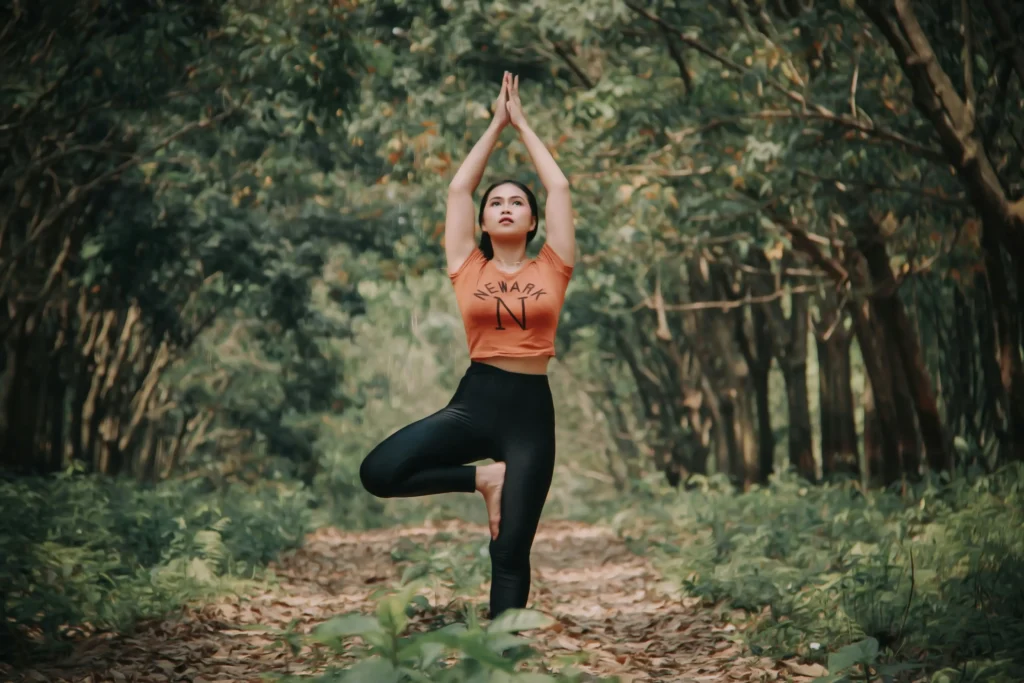
7. Seated Forward Bend (Paschimottanasana)
- Purpose: Stretches the spine, shoulders, and hamstrings. It also helps calm the mind and relieve stress.
- Instruction: Sit on the floor with your legs stretched out in front of you. Inhale and raise your arms above your head. As you exhale, hinge at your hips and lean forward, extending your hands toward your feet. Keep your spine long and your neck relaxed. Go as far as comfortable without rounding your back.
8. Bridge Pose (Setu Bandhasana)
- Purpose: Strengthens the back, buttocks, and hamstrings. It also opens the chest, shoulders, and spine, promoting better posture.
- Instruction: Lie on your back with your knees bent and feet flat on the floor, hip-width apart. Place your arms at your sides with palms down. Press your feet and arms into the floor as you lift your hips toward the ceiling. Keep your thighs and feet parallel. Clasp your hands under your lower back and extend through your arms to help you stay on the tops of your shoulders. Hold the pose for up to a minute, then release with an exhalation, slowly rolling the spine back to the floor.
Incorporating these poses into your practice can enhance flexibility, strength, and mental clarity, making them perfect for beginners looking to explore the benefits of yoga. Remember to listen to your body, moving through each pose with mindful awareness and breath.
Tips to Enhance Your Yoga Practice
Embrace Patience and Consistency
Yoga is a journey, not a destination. Progress might be slow, but consistency is key. Practicing regularly, even if it’s just a few minutes a day, can significantly improve your flexibility, strength, and mental clarity over time.
Focus on Your Breath
Breathing is the essence of yoga. Learning to breathe deeply and consistently through the poses not only enhances your practice but also helps in managing stress and maintaining focus. Try to synchronize your movements with your breath, and let this rhythmic flow guide your practice.
Listen to Your Body
Your body is your greatest teacher. Pay attention to the signals it sends you. If something feels wrong or painful, adjust or skip the pose. Yoga is about harmony, not pushing your limits to the point of discomfort or injury.
Use Props and Modifications
Don’t hesitate to use props like blocks, straps, or bolsters to make poses more accessible. Modifications can help you achieve the pose’s benefits without strain. Remember, using props is not a sign of weakness but a smart way to deepen your practice.
Seek Guidance
Whether it’s attending classes, following online tutorials, or consulting yoga books, learning from experienced instructors can provide valuable insights into proper form and technique, enhancing your understanding and execution of poses.
Avoiding Common Yoga Mistakes
Ignoring Alignment
One of the most common mistakes is prioritizing the outward appearance of a pose over proper alignment. Misalignment not only diminishes the pose’s benefits but also increases the risk of injury. Focus on aligning your body correctly, following step-by-step instructions from reliable sources.
Comparing Yourself to Others
Yoga is a personal journey. Avoid comparing your practice or progress to others. Everyone’s body is unique, and so is their yoga journey. Focus on your path and celebrate your own progress and milestones.
Skipping the Warm-Up
Jumping into complex poses without properly warming up can lead to muscle strains or injuries. Start your practice with gentle stretches or a few minutes of easy poses to prepare your body for more challenging postures.
Forgetting to Hydrate
Staying hydrated is crucial, especially in practices like hot yoga or more vigorous styles. Drink water before and after your practice to keep your body well-hydrated, supporting overall health and flexibility.
Neglecting the Cool-Down
Just as warming up is essential, cooling down is crucial for a balanced practice. Ending your session with a few minutes of relaxation or gentle stretches can help your body assimilate the benefits of the practice, promoting relaxation and recovery.
For other insightful yoga blogs, visit:

